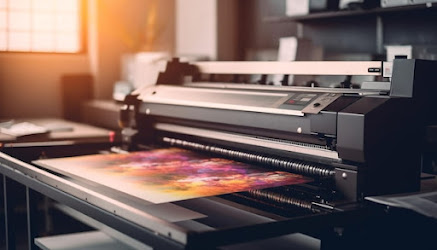Book Printing Services: Everything You Need to Know!
There are many online book-writing tools available today. If you have a smartphone, you can start writing anywhere with a good internet connection. It is a valuable thing for traveling writers. But things can go opposite if it comes to reading. Reading is often comfortable with physical books rather than online.
Printed books play an important role in reducing screen time and increasing the ease of accessibility without any internet. That is the reason why you should print a cool copy of your online written content.
How Does the PDF Book Printing Process Work?
The process typically involves the following steps:
- You submit your book in PDF format to the printing service.
- The service reviews your file for any formatting or quality issues.
- Once approved, the printing service uses high-quality printing equipment to create your books.
- The books are bound, cut, and prepared for shipping.
PDF book printing services can handle a variety of book types, including novels, textbooks, manuals, catalogs, cookbooks, photo albums, and more. They can also accommodate different sizes, paper types, and cover options.
When selecting a PDF book printing service, consider factors such as printing quality, pricing, turnaround time, customer service, budget, and any additional services they offer, like ISBN assignment or distribution.
What Are the Benefits of Using PDF Book Printing Services?
- Professional Quality: Your books will be produced using high-quality equipment and materials.
- Customization: You can choose the size, paper type, and cover options to suit your needs.
- Cost-effective: Printing in bulk can often be more cost-effective than traditional printing methods.
- Quick Turnaround: PDF book printing services can produce your books relatively quickly, especially for small to medium-sized orders.
Factors To Keep in Mind While Book Printing
Book Size and Format:
Paper Type and Quality
Printing Technology
Color Options
Cover Design and Material
Binding Options
Quantity
Proofreading and Editing
Layout and Typesetting
Bleed and Margins
ISBN and Copyright
Printing Costs and Budget
Turnaround Time
Quality Control
Print On Demand (POD)
Format
Color
PDF book printing services can print books in color or black and white, depending on your preferences and budget. Keep in mind that color printing is usually more expensive.
Bottom Line
Book printing is like a dream coming true. So be ready to take your hard work into your hands or leave a legacy behind you. To know more about our professional book printing services, visit thatshowitwas.org today!





Comments
Post a Comment